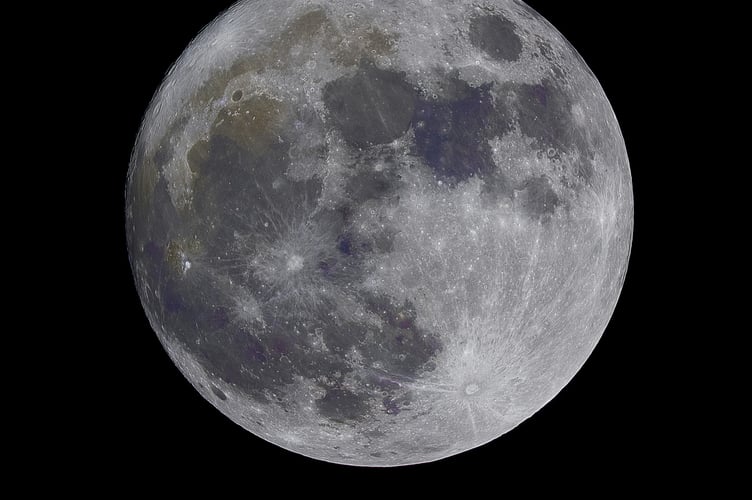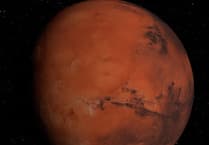That was the longest day that was. Midsummer has passed, and by the end of July, the sun will set at around 21.00 BST – some 40 minutes earlier than in June.
Some excitement this month: a supernova is coming! Some time before the end of September, we are expecting a new star to “blaze” for about a week in the constellation of the Northern Crown or Corona Borealis. Don’t worry if you miss it - you only have to wait 80 years for it to happen again.
The Solar System: Sun, Moon and Earth.
The sun is still pretty active, but of course, the short nights reduce the opportunity to see the aurora. Keep up to date at www.spaceweather.com
One consequence of the sun’s activity is that its magnetic polarity is about to flip! This occurs every 11 years or so, around solar maximum.
The moon appears as follows: New Moon, July 5; First Quarter July 13; Full Moon, July 23; Last Quarter, July 28. This Full Moon is called the Buck Moon to signify the new antlers that emerge on a deer buck's forehead around this time.
The Planets
Elusive Mercury makes a favourable appearance this month, setting soon after the sun at the start of the month and highest in the sky on July 22. It is a pretty bright object and does show phases similar to Venus – although Venus is much brighter and sets somewhat later.
On Earth, the Aurora may well occur at intervals during the month. However, as the sky does not get very dark and the moon is waxing to full mid-month, not too much will be seen.
Clouds, meteors and comets
Noctilucent clouds may be visible this month - look north around midnight. The sun, of course, is below the horizon, but not by very much. It illuminates dust particles in the upper atmosphere that often shine like cirrus clouds - more often seen these days due, some say, to the presence of rocket dust. It is also thought Elon Musk is adding to the water in the upper atmosphere with his constant satellite launches; this additional water is able to attach itself to the dust and so cause the clouds.
The Perseids, the most reliable meteor shower of the year, should start to become visible after July 17.
There is also a good chance a comet will appear in our sky in October. However, the most predictable aspect of comets is their unpredictability!
Brian Sheen runs the Roseland Observatory which is based in Truro High School for Girls.
For more information, visit Roseland Observatory online at www.roselandobservatory.co.uk and www.facebook.com/roselandobservatory



.jpg?width=209&height=140&crop=209:145,smart&quality=75)

Comments
This article has no comments yet. Be the first to leave a comment.